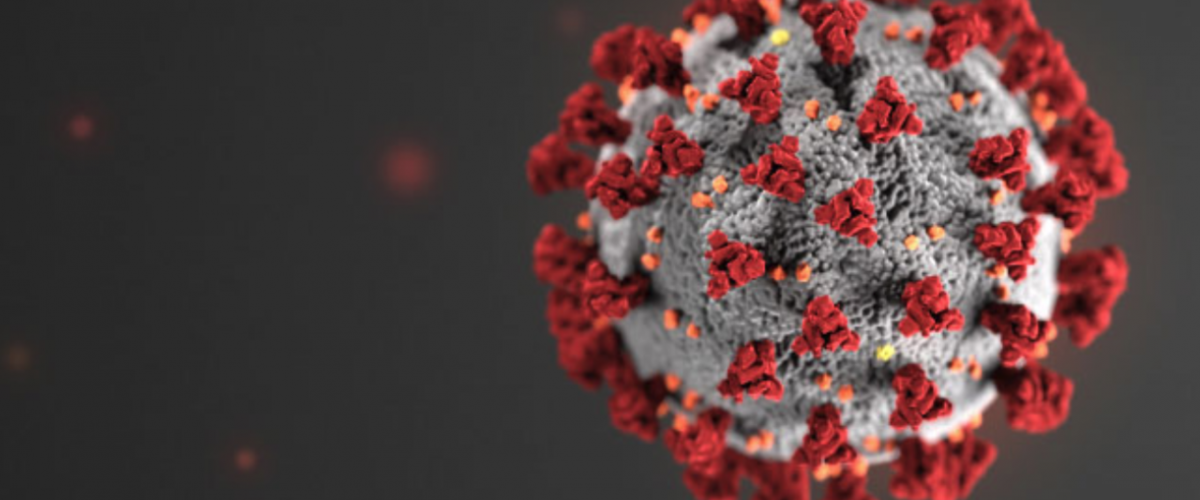June 15, 2020 – While a majority of Wyoming residents report that they would be comfortable attending outdoor events this summer and fall, a significant number would be uncomfortable doing so, according to a new survey by the University of Wyoming’s Wyoming Survey and Analysis Center (WYSAC).
Fifty-seven percent of residents say they are extremely or somewhat comfortable with attending outdoor events with up to 250 people in Wyoming this summer or fall. On the other hand, 33 percent say they are somewhat or extremely uncomfortable.
When considering events with more than 250 people, 52 percent of Wyomingites say they are extremely or somewhat comfortable attending. Alternatively, 38 percent say they are somewhat or extremely uncomfortable attending outdoor events of this size.
The survey, conducted Monday, June 8, is the fifth of multiple surveys WYSAC is conducting to measure public opinion on a number of topics related to COVID-19. A total of 498 Wyoming residents participated in the survey representing all Wyoming counties, with a margin of error of plus or minus 4.4 percentage points.
“Moving forward, we will start measuring what factors will make more Wyoming residents feel comfortable attending outdoor events this year,” says Brian Harnisch, senior research scientist in charge of the project at WYSAC. “We hope this information will prove useful to not only state and local health officials, but also to event organizers around the state.”
Here are some of the latest survey’s key findings:
— A quarter of Wyoming residents say they are not changing their daily routine specifically because of COVID-19, and increase of 9 points from one month ago.
— Over half (58 percent) of residents say they are not attending public gatherings, a decrease of 12 percentage points since May. Fifty-eight percent also say they are washing their hands more frequently, a decrease of 8 points. A 10-point decrease was observed in those who say they are avoiding physical contact with others, going from 68 percent in May to 58 percent at present.
— One-quarter of Wyoming residents say they always wear masks when in indoor public spaces, contrasting with 28 percent who say they never wear masks when in those spaces.
— Thirty-eight percent of residents say it is very likely that they will be vaccinated for COVID-19 if it becomes available, a decrease of 11 points from one month ago. Just over a quarter (26 percent) say it is very unlikely that they will get the vaccine.
— Fewer people are reporting difficulty purchasing household items, with 36 percent saying they have had difficulty in the past two weeks, a decrease of 15 points from a month ago. Similarly, 33 percent say they have experienced difficulty purchasing groceries or other food they wanted, a decrease of 13 points from a month ago.
— Approval of the way Gov. Mark Gordon is handling the COVID-19 crisis remains high, with 70 percent saying they strongly approve or somewhat approve of the way he is handling things. Gordon’s net approval rating (approval minus disapproval) is at plus 46 percent.
— Approval of the way President Donald Trump is handling the COVID-19 crisis has remained steady, with 56 percent saying they strongly approve or somewhat approve of the way he is handling things. Trump’s net approval rating a plus 17 points.
— Regarding the way local government and health officials are handling the COVID-19 crisis, 68 percent say they strongly approve or somewhat approve of the way they are handling things. The net approval for these entities is at plus 42 percentage points, a decrease of 4 points from two weeks ago.
— Approval of the way Congress is handling the COVID-19 crisis decreased 3 percentage points, with 32 percent saying they strongly approve or somewhat approve of the way Congress is handling things. The net approval rating for Congress is minus 26 percentage points.
To see the survey methodology, chart, figures, and complete survey results, download the full report: https://wysac.uwyo.edu/wysac/reports/View/6694
 University of Wyoming
University of Wyoming